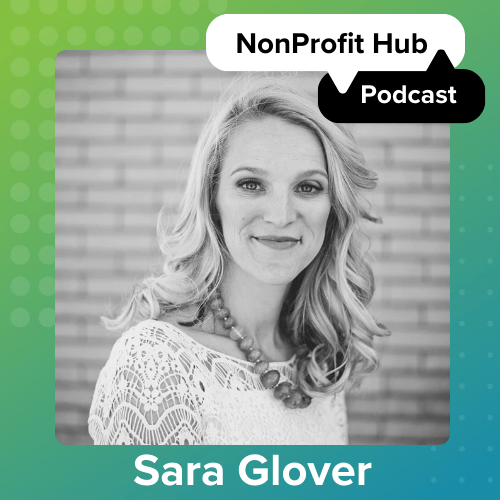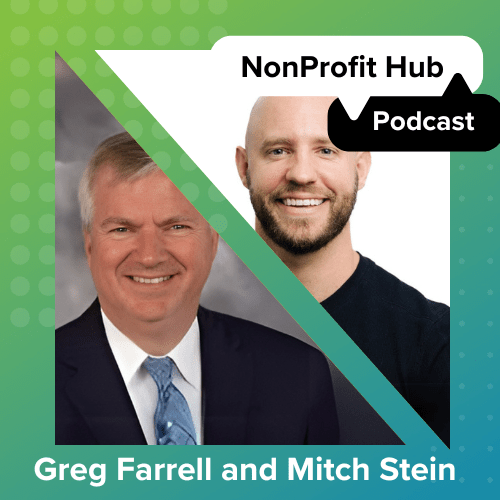Marius Moscovici is a guest contributor for Nonprofit Hub. He is the founder and CEO of Metric Insights. He founded the company in 2010 to transform the way business intelligence is performed so organizations of any size can quickly and easily deploy powerful analytics. Marius has more than 20 years of experience in analytics and data warehousing and was previously the co-founder and CEO of Integral Results, a leading business intelligence consulting company that was acquired by Idea Integration.
__________________
We’ve all heard that big data is revolutionizing the for-profit world; making companies smarter, leaner and more intuitive. But do we hear of big data powering nonprofits to new levels of donations and impact? Not as much. There’s no reason both scenarios can’t be true.
That notion, however, hasn’t always been the case.
For businesses and nonprofits, big data is generally composed of measuring, monitoring and tracking performance. Business intelligence (BI) is the (unfortunately) corporate-sounding term for the software tools that analyze these data for key insights.
But traditional BI tools were unwieldy, server-intensive software programs that required a team of data analysts to implement and operate. Just getting one online took, on average, 33 percent more time than expected, according to the article “6 Reasons Why Legacy BI Sucks.” Furthermore, operating them cost 45 percent more money than originally budgeted. It’s no surprise nonprofits were not quick to adopt the technology.
But where traditional BI was clunky and costly, modern BI is cloud-based and more manageable. The combination of cloud computing and cheaper data storage has made even advanced BI tools widely accessible. Consider programs like Tableau and Qlik; they let organizations quickly analyze and display data in a visually meaningful way, and they do it without the need for an information technology department.
This all means the BI tools of the corporate sector are now accessible to nonprofits. So where do you start?
1. Know What You Want from Your Data
BI isn’t a solution in itself. It helps analyze the data you collected and already decided was important. BI tools help you crunch that raw data and make it useful. So make sure you have a data strategy in place before thinking about implementing BI tools. Every nonprofit has three important areas of focus to manage: funders and contributors, the board of directors and management. BI could be called on to produce thousands of performance indicators to measure these areas. The key is knowing which metrics you want to track, which programs are the most important to measure and how skilled your workforce is in using these BI tools to do so—including which skills you’ll need to teach them.
Good metrics to begin with for any nonprofit include the number of revenue sources you have, how many donors are renewing and your revenue growth rate. Other solid metrics to consider include tracking how many people attend board meetings, how much money each program brought in, and your standard administrative costs versus the money that goes to the focal point of your charity
2. Keep Your Data Clean
It’s common to have data stored in different places and in different formats—on the web, in a spreadsheet, in a donor database, etc. Sometimes, the information is outdated. The more recent and accurate your data, the more useful a BI tool can make it. And remember: Only use data that is meaningful and useful to you. If you don’t know what to do with the data, don’t use it.
3. Incorporate Data into Your Storytelling
Donors love to see how their giving makes an impact on the central mission your organization serves. BI can help you present data that quantifies that impact in a persuasive way. Even more, however, BI can give heft to the personal stories you share. Character-driven narratives are effective at propelling behavior, according to a study published on the Harvard Business Review. Combining them with supporting statistics moves them out of the realm of anecdote and into the realm of evidence—just check the GuideStar blog.
All of these things and more help nonprofits make strategic, data-driven operations and tactical decisions—which, in turn, helps generate a higher social return to the organization.






